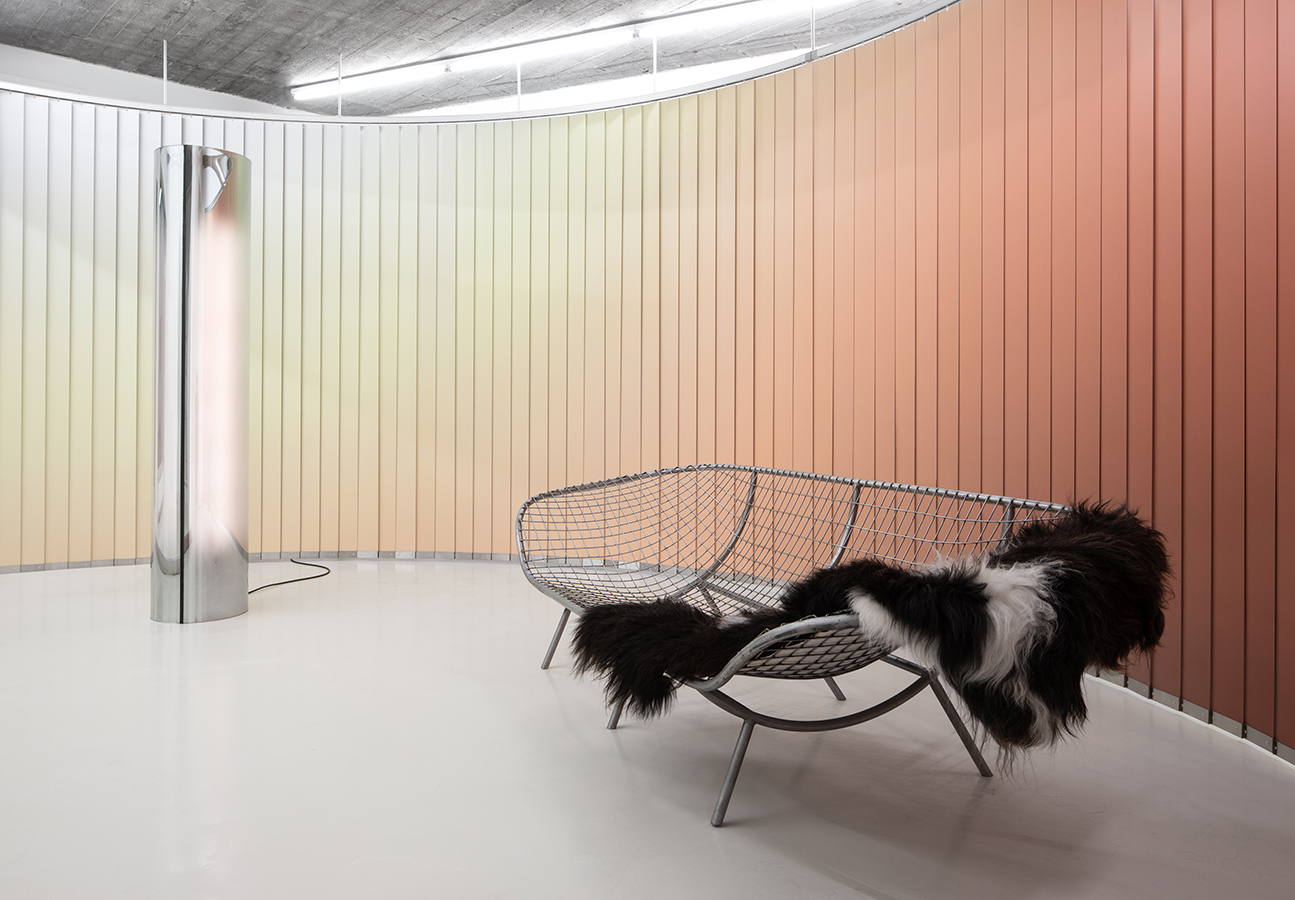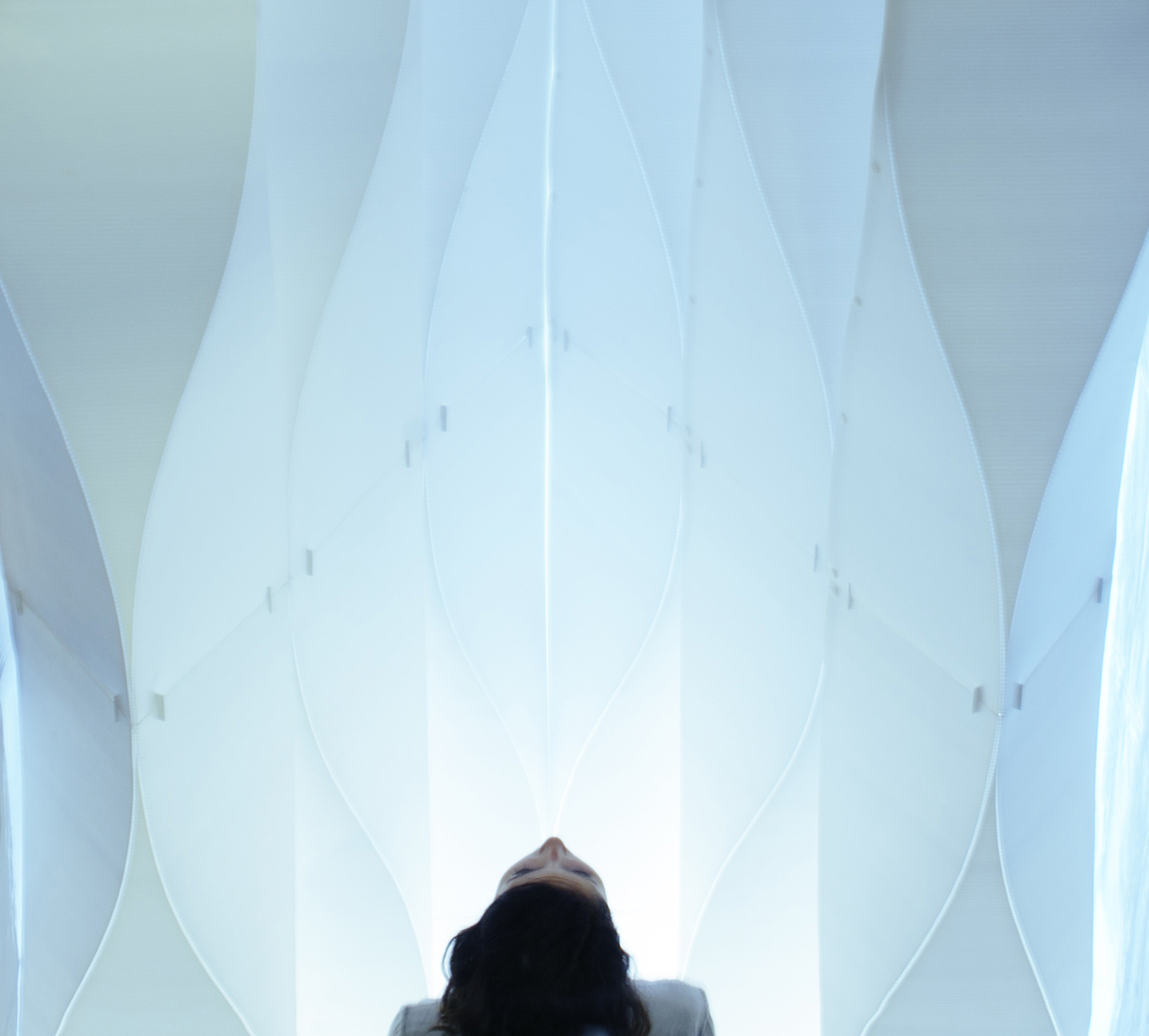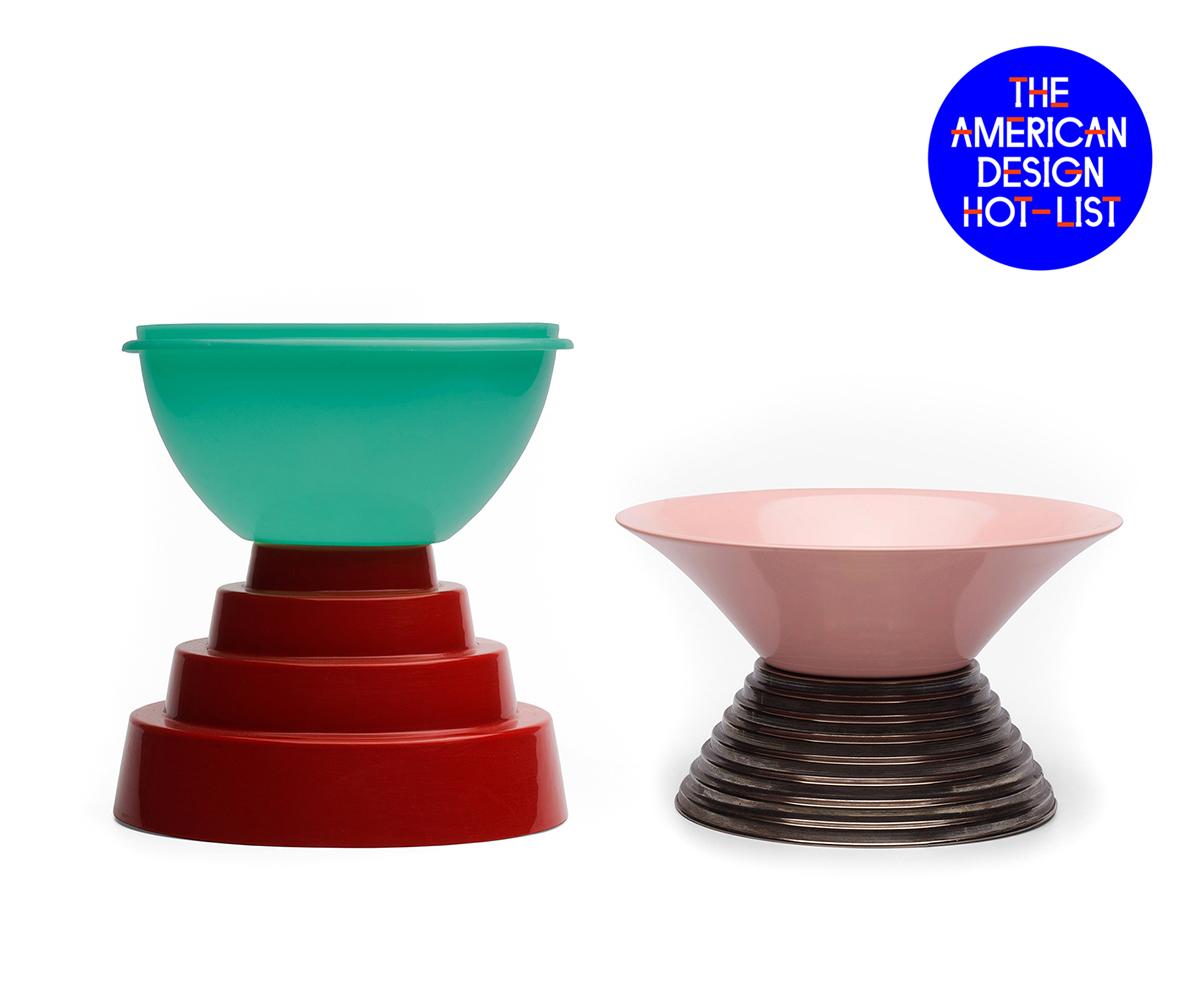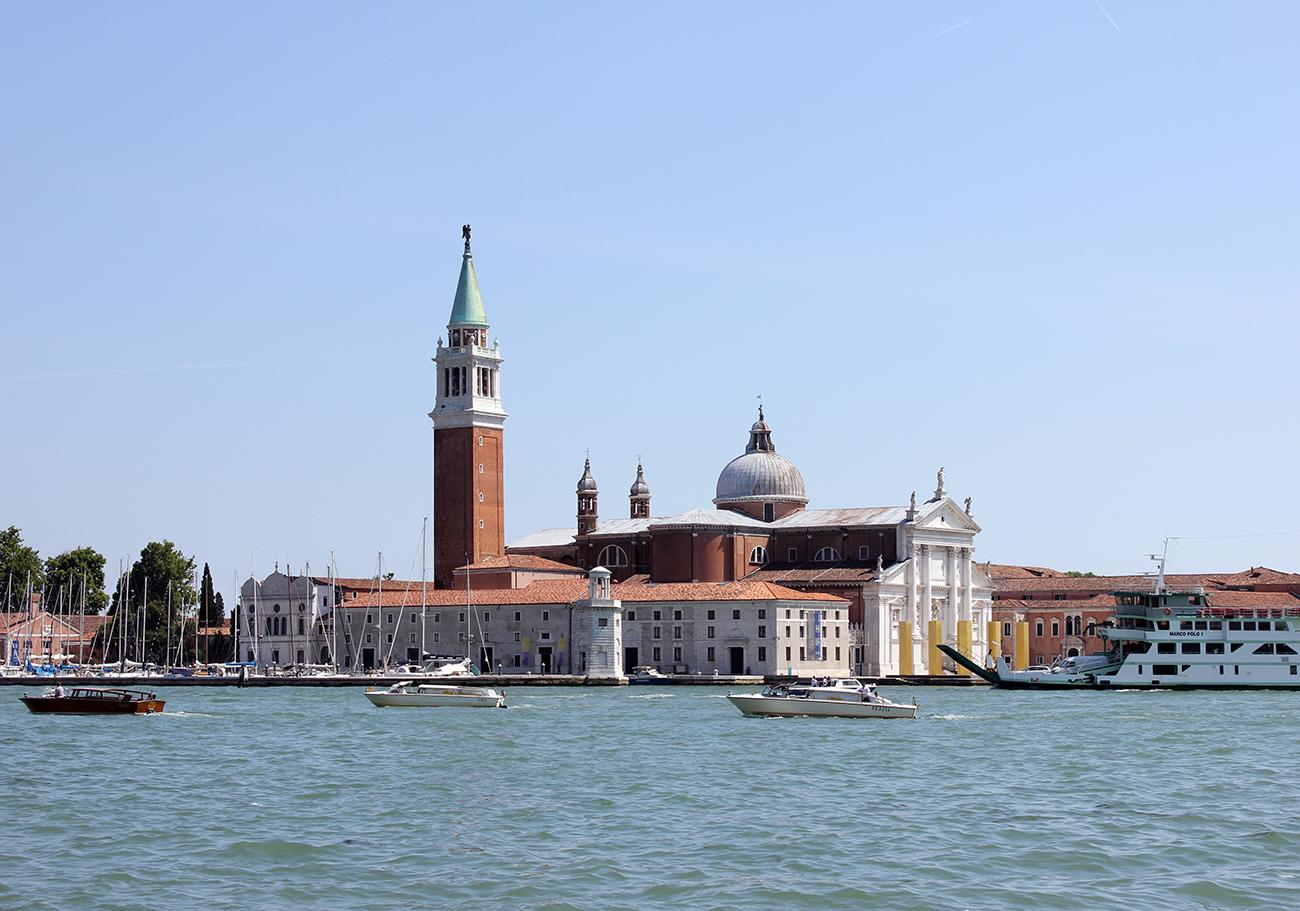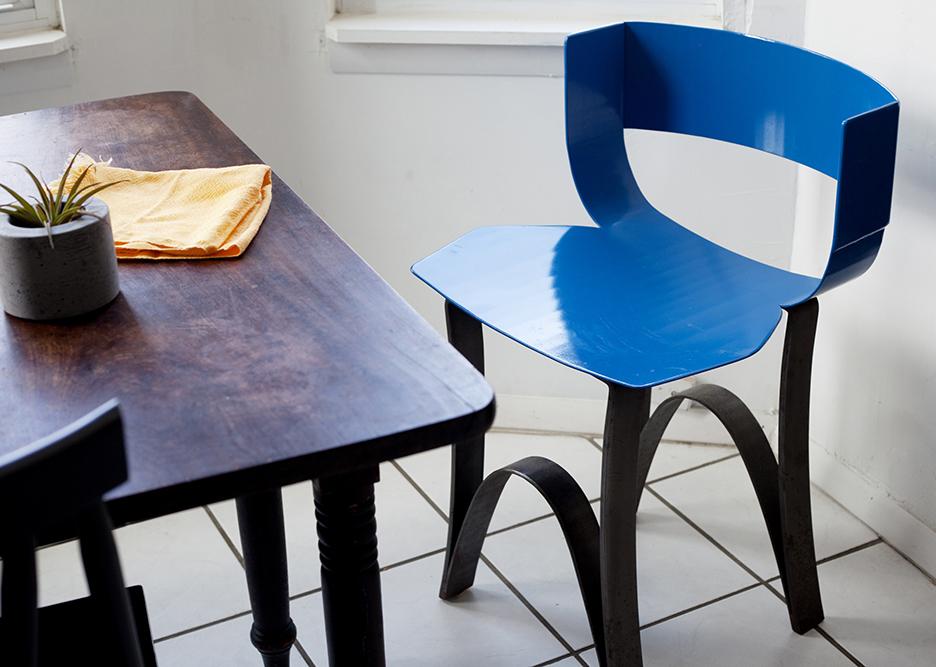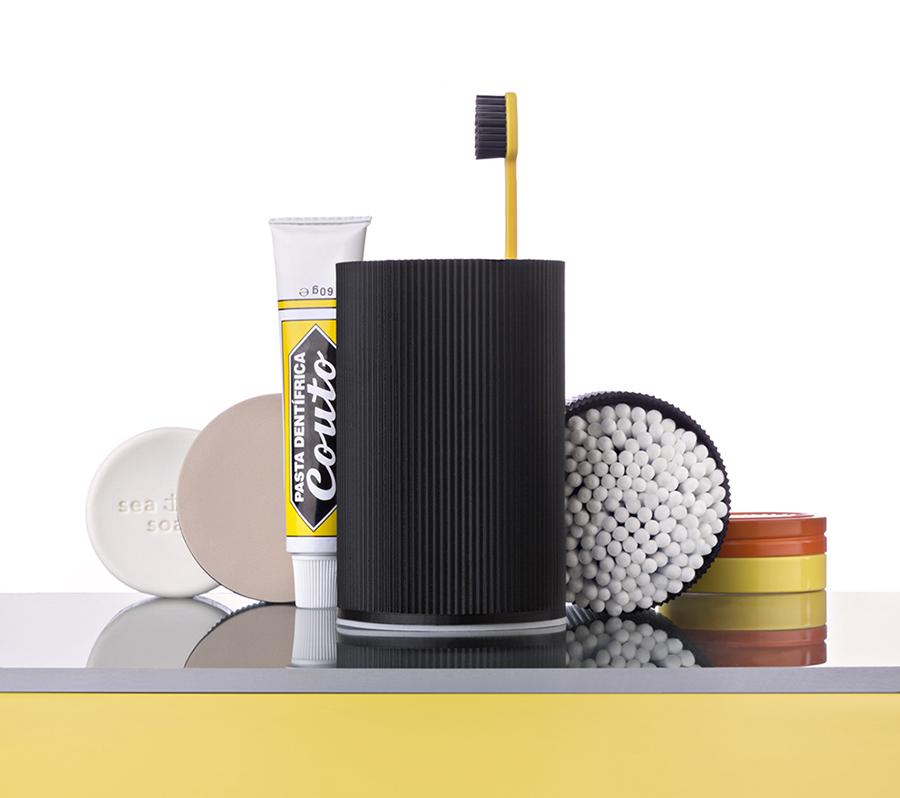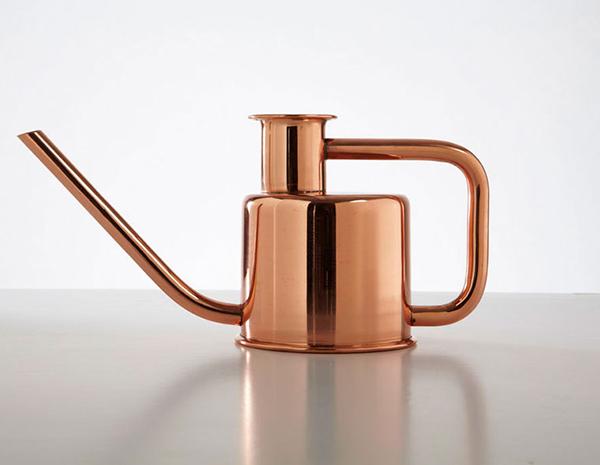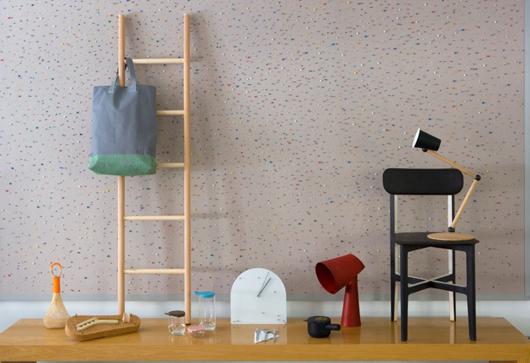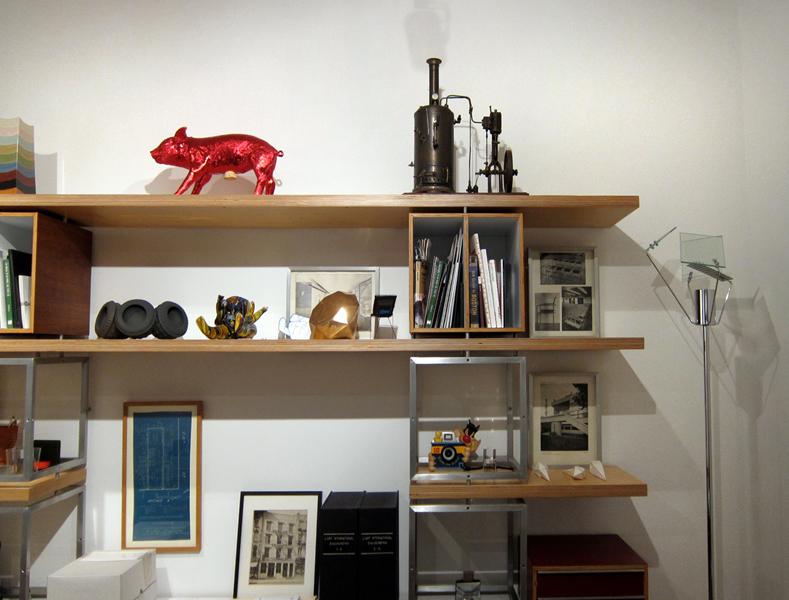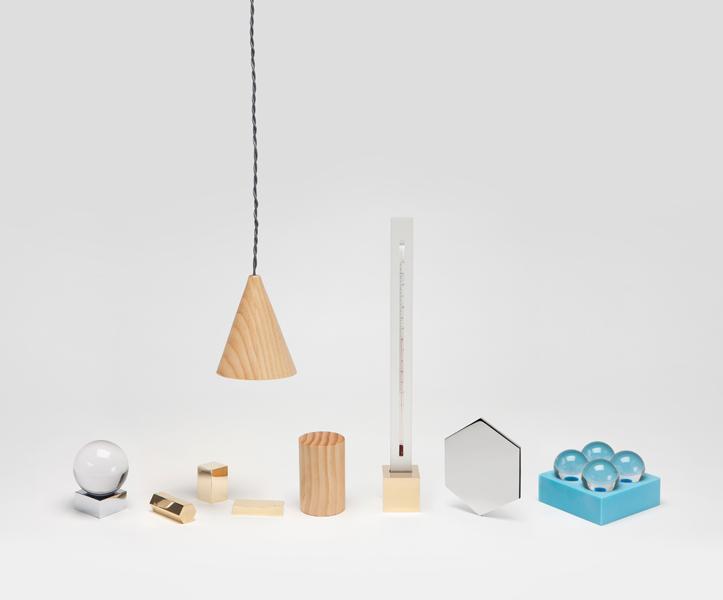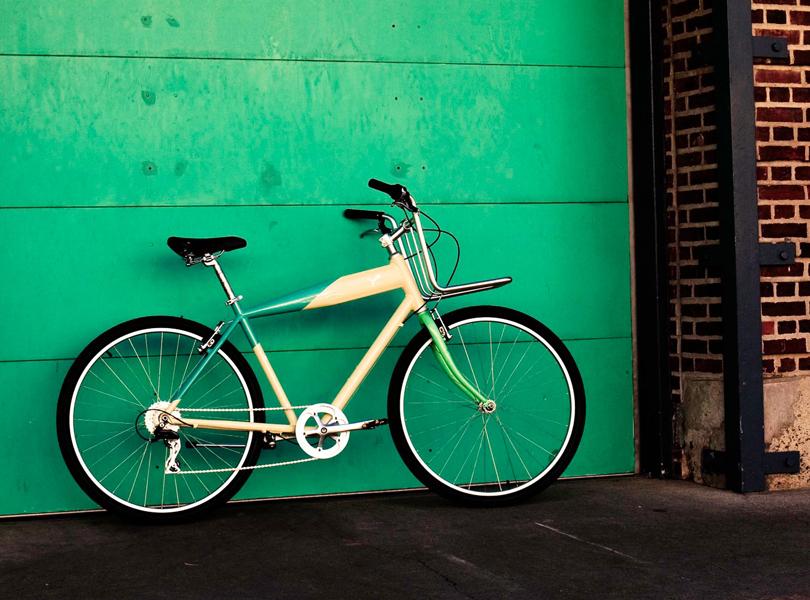This time last year, Kimberly Wu was designing cars in Tokyo for Honda’s Advanced Studio and her sister, Nancy, was in Portland, designing shoes for Nike. In spare moments, Kimberly would visit hardware stores and collect the sort of everyday objects that seem to come into focus in other countries, and that somehow encapsulate the dilemma of being a transplant: how a change of scenery can sharpen your appreciation for the small details around you, and yet also remind you in their strangeness that it’s not quite like home. “The world can be as big or small as you want it to be,” Kimberly says, “And Tokyo is this place where you feel like the world is gigantic, but you also feel tiny in it. There are so many people around you always, but it’s so alone and solitary.” Meanwhile, across the choppy Pacific, Nancy was coming to a similar emotional conclusion, but drawn from a different set of observations. “Portland is like the opposite of Tokyo,” Nancy says. “It’s so small and quiet, and that can also be really lonely. I think we were both lonely.” So when Kimberly’s experiments combining those hardware-store finds with simple, pared-down bag shapes began to gain deserved notice, the sisters decided to leave their corporate lives and start Building Block together, trading too-infrequent visits for a joint move back to Southern California, where they grew up. “We’ve never worked together before, but in our heads we’ve always been working together,” Kimberly says.
